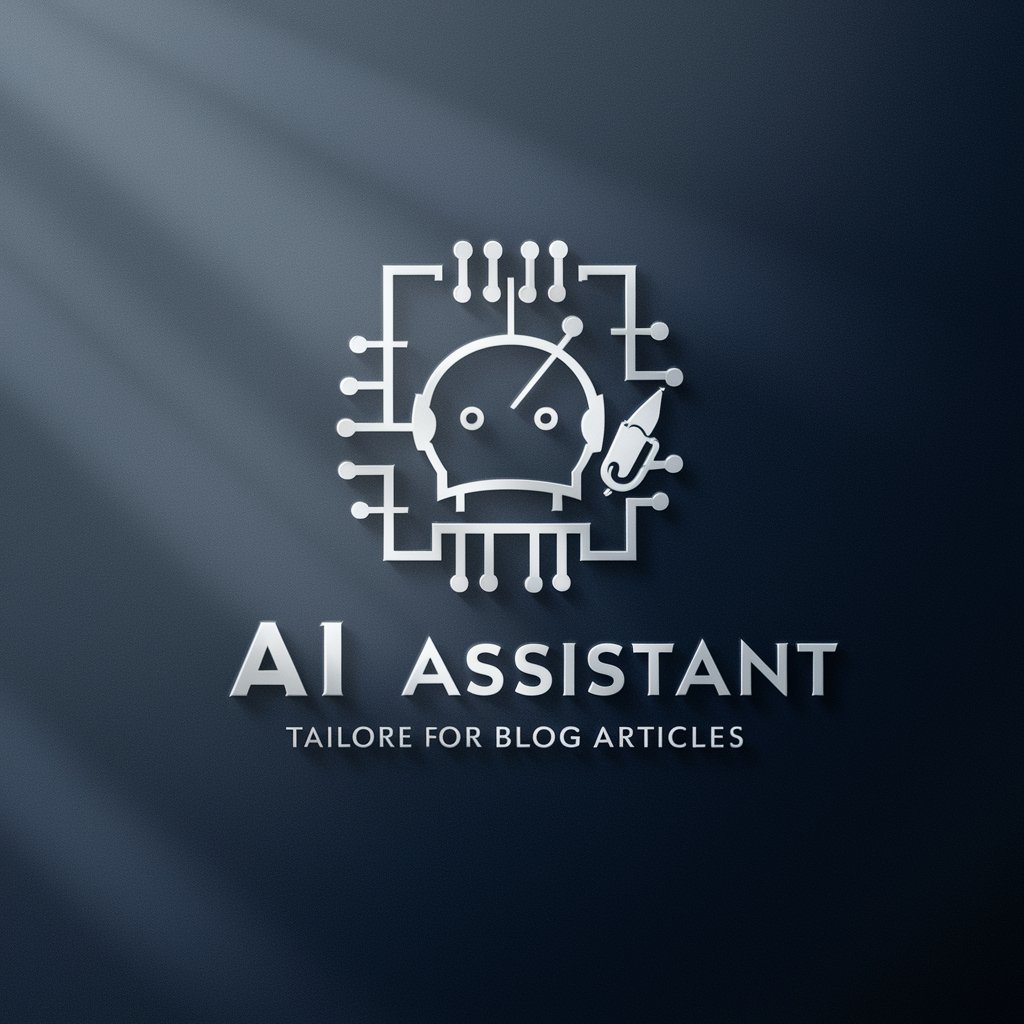
JQuery, Javascript, AJAX, HTML, Bootstrap, CSS-web development tools for dynamic, responsive sites.
AI-powered solutions for dynamic web development.

Expert in web technologies, improving and formatting code.
Can you check this JavaScript code?
How can I improve this HTML for scalability?
Format this CSS to be more readable.
Optimize this Bootstrap code.
Get Embed Code
Detailed Introduction to jQuery, JavaScript, AJAXWeb Dev Tools Overview, HTML, Bootstrap, and CSS
These six technologies form the foundation of modern web development, each serving a distinct purpose in the process of creating interactive, responsive, and visually engaging websites and applications. - **HTML (HyperText Markup Language)**: The backbone of any web page, HTML defines the structure and content of a page using elements like headings, paragraphs, links, images, and forms. Example: `<div class='header'>Welcome</div>` establishes a division on the page labeled as a header. - **CSS (Cascading Style Sheets)**: CSS controls the visual appearance of HTML elements. It styles components by adjusting colors, layouts, fonts, and responsiveness. Example: `div.header { color: blue; font-size: 20px; }` styles the header text. - **JavaScript**: A dynamic, high-level scripting language that adds interactivity to web pages. It manipulates the DOM (Document Object Model), handles events, and executes logic. Example: `document.querySelector('.header').addEventListener('click', () => alert('Hello'));` attaches a click event. - **jQuery**: A fast, lightweight JavaScript library that simplifies DOM manipulation, event handling, AJAX calls,Web Dev Tech Overview and animations. It provides a more readable and concise syntax. Example: `$('.header').click(() => alert('Hello'));` - **AJAX (Asynchronous JavaScript and XML)**: A technique for loading data in the background without refreshing the page. Example: Using jQuery: `$.get('/data', (response) => { $('#output').html(response); });` - **Bootstrap**: A popular CSS framework that helps developers quickly build responsive and mobile-first sites using prebuilt components and grid systems. Example: `<div class='container'><button class='btn btn-primary'>Click Me</button></div>` creates a styled, responsive button inside a container. Together, these tools enable developers to create user-centric web applications with rich interfaces, seamless interactivity, and responsive designs.
Core Functions and Real-World Use Cases
HTML – Structuring Content
Example
<form><input type='text' placeholder='Enter your name'><button>Submit</button></form>
Scenario
Used to create forms for user input on a registration page.
CSS – Styling Web Elements
Example
input { border: 1px solid #ccc; padding: 10px; }
Scenario
Applied to style form inputs consistently across the site to improve usability.
JavaScript – Adding Interactivity
Example
document.querySelector('button').addEventListener('click', function() { alert('Submitted'); });
Scenario
Adds functionality to buttons so that users receive immediate feedback upon clicking.
jQuery – Simplifying DOM Operations
Example
$('input').focus(function() { $(this).css('background-color', '#f0f0f0'); });
Scenario
Improves user experience by highlighting form fields when they gain focus.
AJAX – Fetching Data Asynchronously
Example
$.ajax({ url: '/users', success: function(data) { $('#userList').html(data); } });
Scenario
Used on dashboards to retrieve user lists without refreshing the page.
Bootstrap – Responsive Design
Example
<div class='row'><div class='col-md-6'>Left</div><div class='col-md-6'>Right</div></div>
Scenario
Creates a two-column layout that adjusts automatically for tablets and desktops.
Target User Groups and Their Benefits
Frontend Developers
They use HTML, CSS, JavaScript, and Bootstrap to create the client-side interface of websites. jQuery and AJAX help them build smooth interactions and integrate data-fetching without full reloads, improving user experience.
UI/UX Designers
They rely on CSS and Bootstrap to prototype visually engaging designs quickly. With basic jQuery or JavaScript knowledge, they can enhance interfaces by animating interactions or validating forms in real time.
Full-Stack Developers
These developers need all six technologies to connect front-end interfaces with back-end logic. AJAX is particularly crucial for seamless client-server communication, while Bootstrap ensures a responsive front-end layer.
Startups and Product Teams
Startups benefit from rapid prototyping tools like Bootstrap and jQuery for MVPs. The reduced code complexity of jQuery and built-in styles of Bootstrap allow faster development cycles with minimal resources.
How to Use JQuery, Javascript, AJAX, HTMLWeb Development Tools Guide, Bootstrap, CSS
Step 1: Access a Free Trial
Visit aichatonline.org for a free trial without login. No need for ChatGPT Plus to get started.
Step 2: Set up Your Development Environment
Make sure your development environment is ready. Install a code editor like Visual Studio Code or Sublime Text. Additionally, ensure that your browser supports JavaScript and HTML5 for testing. Download JQuery and Bootstrap for easy integration into your projects.
Step 3: Start with HTML and Bootstrap
Create a basic HTML structure (doctype, head, body) and add Bootstrap CDN for responsive design. Bootstrap provides ready-made components like buttons, cards, and modals to speed up development. Add a simple container to start building the layout.
Step 4: Add JQuery and Javascript
Embed JQuery by linking the CDN or downloading the script. With JQuery, you can interact with the DOM (Document Object Model) easily. Use Javascript for more complex logic like form validation, animations, and AJAX calls. Always place scripts at the bottom of the page for optimal performance.
Step Web Development Guidelines and Q&A5: Incorporate AJAX for Dynamic Content
Use AJAX for loading content dynamically without reloading the page. Use JQuery's `$.ajax()` method to send and receive data from the server in the background. This ensures a smoother user experience. Pair AJAX with backend APIs to fetch data in real time.
Try other advanced and practical GPTs
UDIO Prompt Wizard
AI-crafted music prompts with precision

Desembargador IA
AI-powered judicial decision maker
MS Exchange Expert
AI-powered assistant for Exchange operations

Text-to-Speech Optimierer
AI-powered clarity for spoken text

Create realistics picture
AI-crafted, photorealistic visuals in seconds.

R and R Studio
AI-powered R coding and analytics

Prisma
AI-powered tool for coding and creativity.

Kazakh GPT
AI-powered Kazakh assistant for language and culture

Niche Creator
AI-powered niche design and trend tool

ブログ記事作成ツール
AI-powered blogging made effortless

Ignite My Headline
AI-Powered Headline Rewrites That Spark Engagement

Commercial Real Estate Analysis GPT
AI-Powered Insights for Smarter CRE Decisions

- Web Development
- Responsive Design
- User Interaction
- Dynamic Content
- Cross-Browser Compatibility
Frequently Asked Questions about JQuery, Javascript, AJAX, HTML, Bootstrap, CSS
What is the purpose of JQuery in web development?
JQuery is a fast, small, and feature-rich JavaScript library. It simplifies HTML document traversal, event handling, and animations. It also makes AJAX calls easier and ensures cross-browser compatibility. It's especially useful for those who need to write less code while maintaining a high level of functionality.
How does AJAX work with JavaScript?
AJAX (Asynchronous JavaScript and XML) allows web pages to fetch data from the server asynchronously, without reloading the entire page. Using Javascript, you can send an HTTP request to the server, retrieve data, and update the web page dynamically. This provides a seamless user experience by only updating parts of the page.
Why should I use Bootstrap for my website?
Bootstrap is a responsive front-end framework that helps you create mobile-first websites quickly. It provides pre-designed components like navigation bars, forms, and grid layouts, which help you avoid starting from scratch. With Bootstrap, your website automatically adapts to various screen sizes, making it ideal for building responsive, user-friendly interfaces.
What are some best practices when using CSS?
Some best practices for CSS include using external stylesheets for cleaner code, organizing your CSS into logical sections (e.g., layout, typography, colors), using semantic names for classes and IDs, and using relative units (em, rem) for responsive designs. Additionally, leverage CSS preprocessors like SASS for better organization and maintainability.
How do I optimize my website's performance with JavaScript?
To optimize your website's performance, minimize the use of blocking JavaScript, defer non-essential scripts, and use asynchronous loading for third-party libraries. Additionally, optimize your scripts by removing unused code, minifying them, and using caching mechanisms. Lastly, consider lazy-loading images and other resources to speed up initial page loads.






